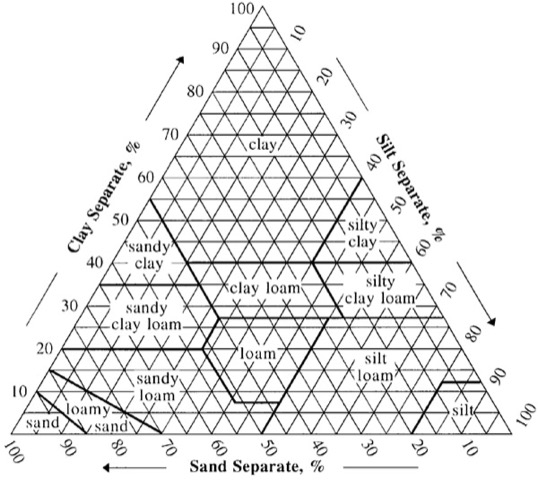OCTOBER 2021 PROGRAM RECAP
By Linda Shuster, WORC Member
Soil: Hidden Secrets Beneath Your Feet
Presented at the Bunker Interpretive Center at Calvin University by
Gerald Miller, Ph.D., Certified Professional Soil Scientist
Dr. Miller began by discussing the characteristics of healthy soil. These include biological diversity, good food production capability, water benefits, and carbon storage capacity. He noted that only recently have we been able to study soil characteristics at the microscopic level. Dr. Miller handed out a quiz with 12 questions related to soil. The audience completed the quiz, and he presented the correct answers to the questions over the course of his lecture. Dr. Miller stated that basic soil is comprised of solids and pores. The solids are mainly minerals, and the pores are filled with air or water.

The next topic was soil horizons, or the different layers of soil. These include the surface and subsoil horizons. They are labeled by soil scientists with letters, for example, ‘A’ for the surface horizon. Dr. Miller also described the major landforms. These include uplands, terrace, and bottomlands. He noted that you want to build your house on uplands, not on the bottomland where the water accumulates. People should know the landform and where they are located on it, whether high or low, and whether there are seasonal fluctuations in the water table. Dr. Miller stated that we are having more intense rainfall, which is leading to more flooding. The Land Capability Classification System is a grouping of soils based on their potential for agricultural and other uses. The USDA uses it to identify prime farmland and considers physical limitations of the soil, such as risk of erosion.

Dr. Miller then discussed the physical, chemical, and biological properties of soil, beginning with the physical properties. One of these properties is soil texture, which is determined by the distribution of clay, silt, and sand particles in the soil. The diameter of the particles is measured in millimeters (mm) and distribution is the number of particles per gram of soil. Silt feels smooth like talc or flour, you can see the individual grains of sand, and it feels gritty, while clay feels sticky when wet. Sand has subdivisions from very coarse to very fine. The Textural Triangle can be used to obtain a soil textural name for a sample after it has been mechanically analyzed. The names are based on the relative percentages of sand, silt, and clay in the soil. There are both field methods and laboratory methods for determining soil texture. One field method is the ribbon test where the soil is moistened and squeezed between the thumb and fingers to determine how well it forms a “ribbon.” Clay forms the best ribbon.
Another physical property of soil is the structure. Healthy soil has good structure – aggregates that bind together well. Dr. Miller asked what tillage practice directly benefits the soil, and the audience answered correctly. The answer is ‘none,’ because tilling disrupts soil structure.
Soil density, another physical property, relates to the amount of mineral and organic composition of the soil and is measured as bulk density. This is the weight of the soil in a specific volume. The final physical property of soil Dr. Miller discussed is its color. This is determined by the organic matter and humus, chemical oxides, and mineral grains in the soil.
The chemical properties of soil include the nutrients required for plants to grow optimally. An important chemical measure of soil is its pH. Dr. Miller stated that if you can do only one thing to determine the nutrient status of your soil, it should be testing the pH. MSU Extension can provide soil testing. You can also purchase your own pH meter and test your soil yourself.
The biological property of soils relates to the living organisms found in the soil, both the micro- and macrolevel plants and animals. The microlevel includes bacteria, fungi, and actinomycetes.
Finally, Dr. Miller introduced the USDA’s Web Soil Survey portal which is available on the internet at the following url: https://websoilsurvey.nrcs.usda.gov/app/. You can find the soil type for your property by selecting your state and county and then entering your address. One of the audience members noted that there is an app called SoilWeb that can provide information regarding the soil at your current location. It is available via computer (along with several related apps) from the University of California – Davis at the following url: https://casoilresource.lawr.ucdavis.edu/soilweb-apps/. It is also available for smartphones in the app store.
In summary, Dr. Miller’s presentation was interesting and informative. He provided several resources that will be of use to native plant gardeners.
URL for Textural Triangle: https://www.nrcs.usda.gov/wps/portal/nrcs/detail/soils/survey/?cid=nrcs142p2_054167
